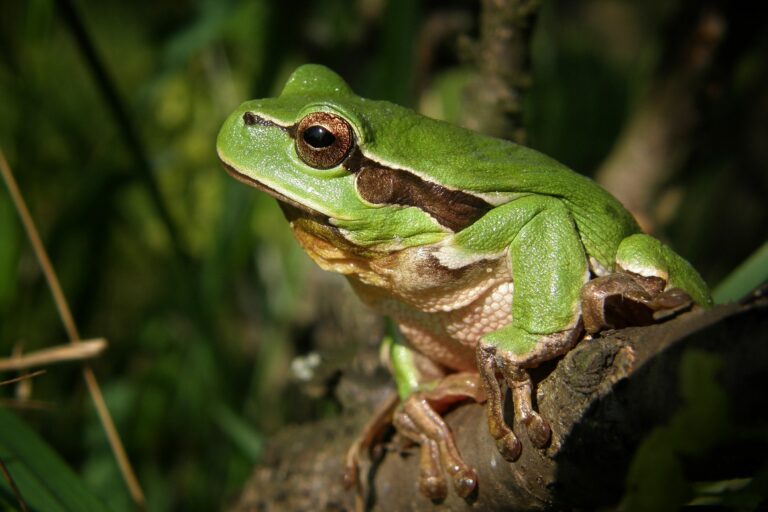Ecoculture
In addition to regenerating the ecosystems directly occupied by the systems it creates, Integrated Regenerative Design requires a system of ecoculture for regenerating wild lands affected by and adjacent to projects, products, or processes under design and development.
Ecoculture includes methods to create:
- Rewilding – restoring complete ecosystems, including the human component
- Stream and Watershed Restoration – restoring free-flowing streams and rivers, ponds, wetlands, and springs
- Native Species Restoration – creating habitat for native plants and animals
- Restoration and Maintenance of All Trophic Layers – including large ruminants and top predators
- Wildlife Corridors – providing paths for natural movement of all species
- Creative Disruption – managed burns and opening of understory where ecologically beneficial
- Elimination and Remediation of Biocides and Toxins – eliminating run-off from cultivated spaces, remediating existing toxins
- Light, Noise, and EMF Pollution Abatement – reducing chronic stresses to natural biomes to allow proper ecosystem function
- Managed Successional Mosaic – creating and maintaining beneficial edges
- Regenerative Wildcrafting and Hunting – foraging and harvesting, where allowed, managed to increase the population and health of affected species
- Keystone Species Monitoring – measuring success through restored biodiversity and bioresilience

